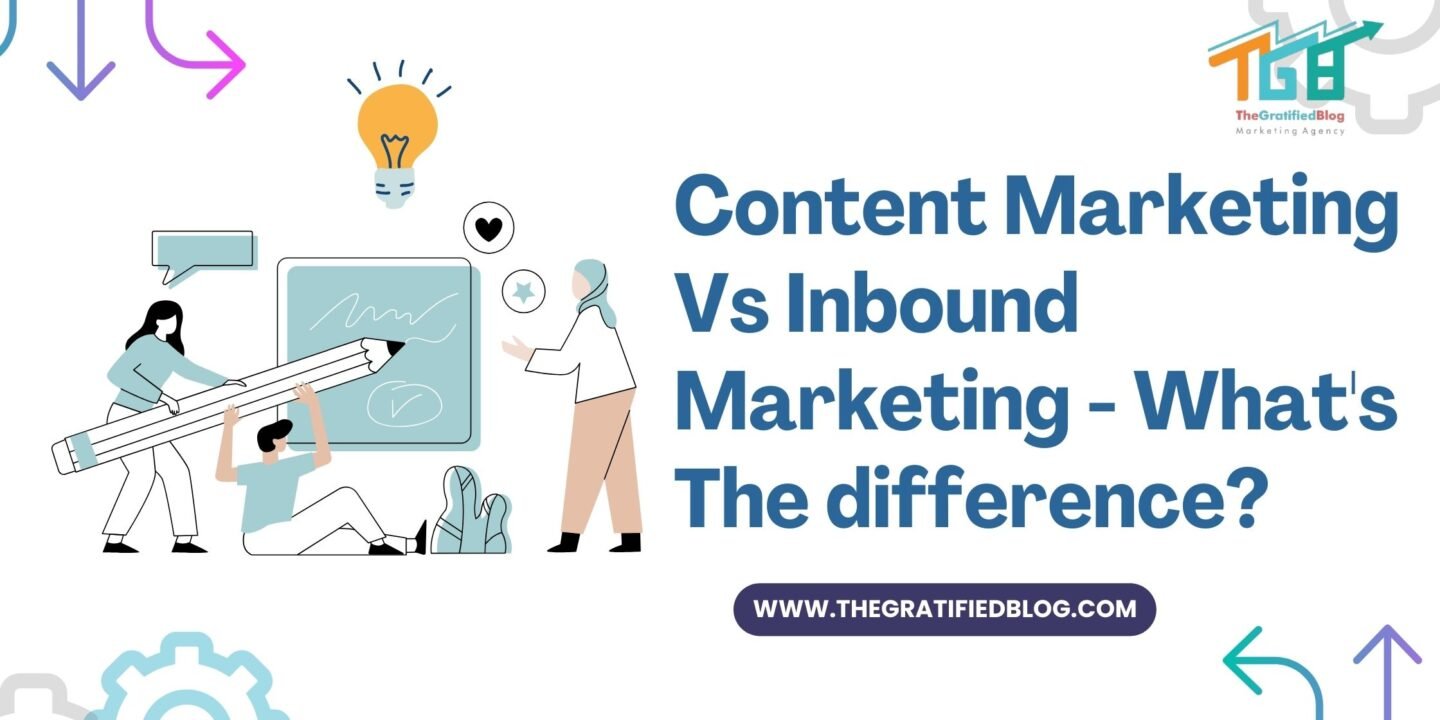
In the ever-evolving digital marketing landscape, where strategies and buzzwords abound, two terms frequently intertwine: content marketing vs inbound marketing. While both are powerful approaches to engaging and attracting audiences, they differ. The distinction between these strategies is critical for businesses aiming to maximize their marketing efforts.
In this blog post, we’ll embark on a journey to unravel the differences between content marketing and inbound marketing, shedding light on their unique characteristics, applications, and how each can play a pivotal role in your marketing strategy.
So, let’s delve into the world of these marketing approaches and explore the roads they pave for businesses seeking to connect with their audiences in the digital age.
What Is Content Marketing?
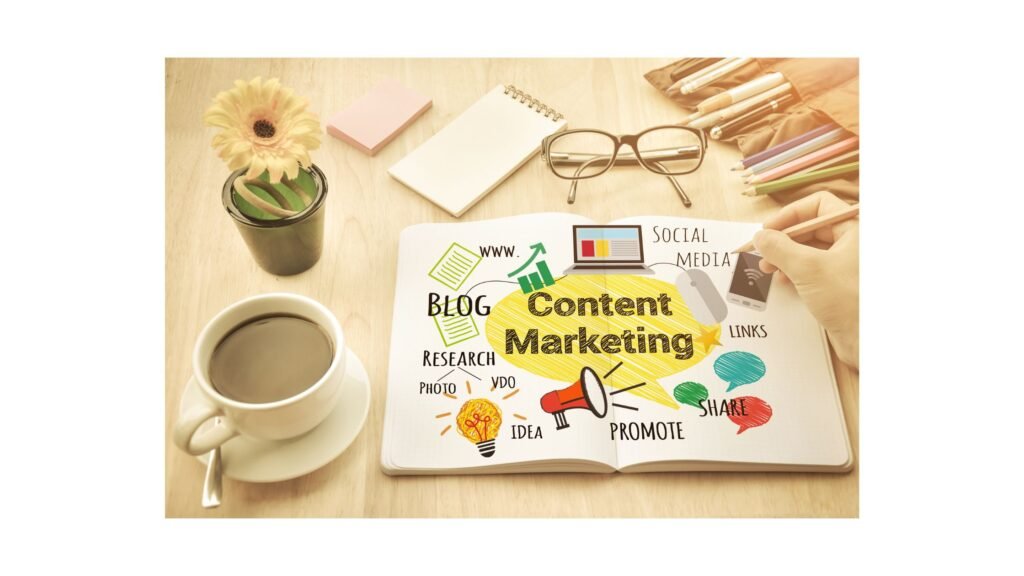
Content marketing centers around producing and disseminating valuable, pertinent, consistent content to draw and engage a target audience. This content may manifest in diverse formats, including blog posts, videos, infographics, e-books, etc. The fundamental objective of content marketing is to inform, entertain, or educate the audience, ultimately fostering trust and loyalty.
Critical Features Of Content Marketing:
- Storytelling: Content marketing employs compelling narratives to weave a brand story, aiming for a personal connection with the audience. Delivering engaging stories creates a memorable and relatable brand identity.
- Informative Content: Content marketing is an informational resource, positioning the brand as an authority in its field. By consistently offering valuable insights, it establishes trust and credibility, encouraging the audience to rely on the brand for relevant information.
- Audience-Centric: Customer needs and interests take center stage in content marketing. Tailored content addresses specific pain points and questions, ensuring relevance and resonance with the target audience.
- Brand Awareness: The primary goal is to enhance brand visibility and recognition. Through strategic content, content marketing seeks to imprint the brand in the audience’s minds, fostering familiarity and recall.
- Long-term Relationship Building: Content marketing isn’t just about immediate engagement; it’s a strategy for sustained connections. Consistently delivering content that resonates builds long-term relationships, nurturing a loyal audience base over time.
What Is Inbound Marketing?
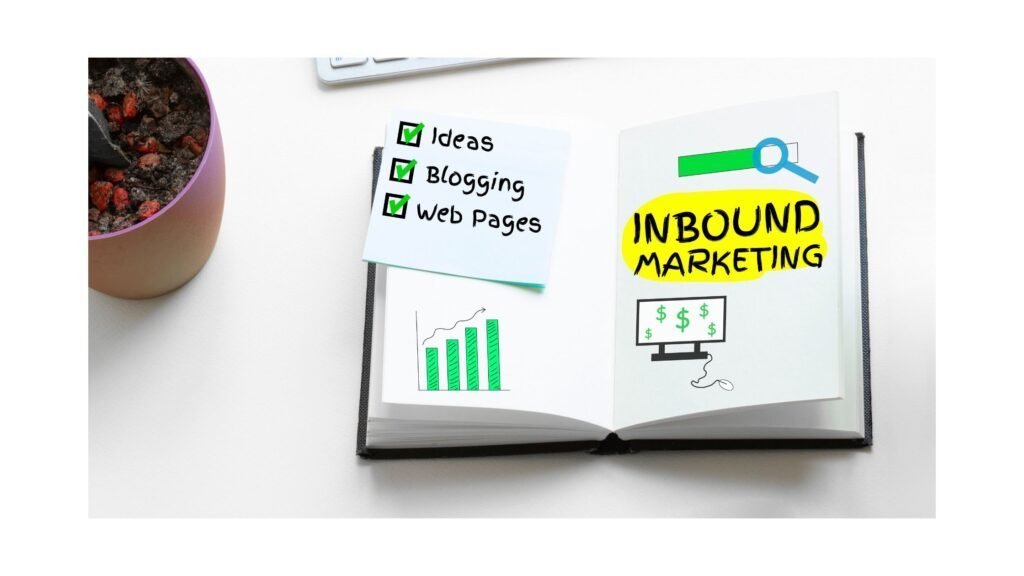
Inbound marketing is a broader strategy encompassing various tactics, including content marketing. It aims to attract, engage, and delight customers throughout their buying journey. Inbound marketing focuses on creating a seamless, customer-centric experience from the first touchpoint to post-purchase engagement.
Critical Features Of Inbound Marketing:
- End-to-End Strategy: IInbound marketing takes a holistic approach, spanning the entire customer journey. From initially attracting strangers to ultimately converting them into enthusiastic promoters, it addresses each stage of the customer lifecycle, ensuring a comprehensive strategy for sustained engagement and advocacy.
- Content-Centric: While content marketing is pivotal, inbound marketing is a broader strategy encompassing various tactics. It incorporates SEO, social media, email marketing, and lead nurturing, synergizing these components to create a cohesive and effective approach for attracting and converting leads.
- Customer Acquisition and Retention: Inbound marketing is geared towards both acquiring new customers and retaining existing ones. By providing personalized experiences and addressing customers’ evolving needs at every stage, it aims for a dynamic and enduring relationship with the audience.
- Alignment with Sales: Collaboration between marketing and sales teams is integral to inbound marketing. This ensures a unified approach to customer acquisition and conversion strategies, facilitating a seamless transition from marketing efforts to the sales process.
- Data-driven: Inbound marketing utilizes data and analytics for informed decision-making, and strategy optimization informs decision-making. Tracking customer behavior and engagement metrics enables continuous optimization of strategies for better targeting and improved overall performance.
Content Marketing Vs Inbound Marketing: Key Differences
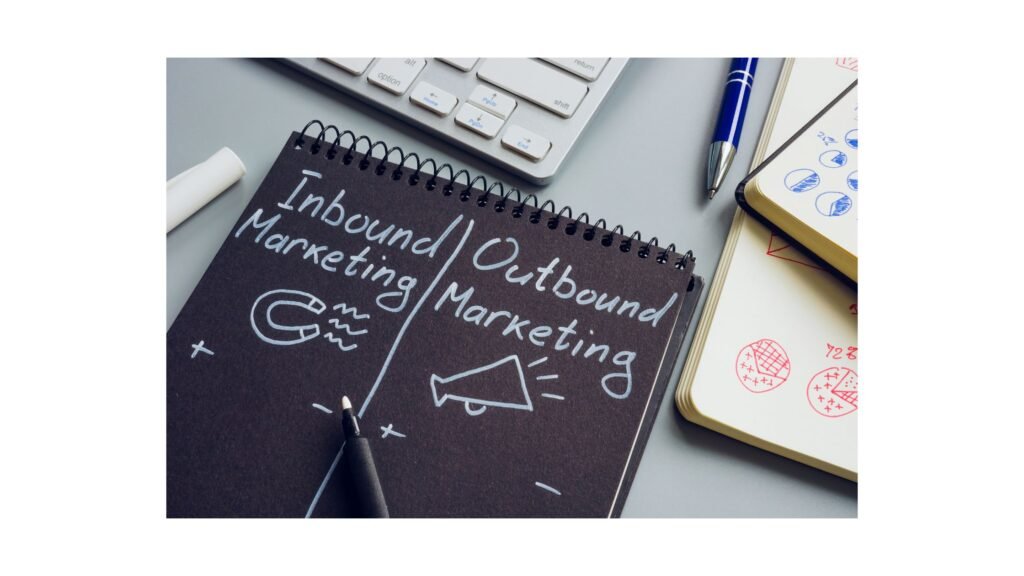
Within the realm of digital marketing, content marketing and inbound marketing are frequently employed interchangeably, despite their shared goals. It’s imperative to recognize that these are distinct methodologies, each possessing unique attributes. To delineate the disparities between these strategies, let’s delve into their key distinctions.
1. Scope and Focus:
- Content marketing involves creating and disseminating valuable and relevant content. It primarily aims To provide information, education, or entertainment to the audience while establishing brand recognition and trust. The focus is on the content itself.
- Inbound marketing is a comprehensive approach encompassing various tactics, including content marketing. It aims to attract, engage, and delight customers throughout their journey. The focus is on the entire customer experience, from initial contact to post-purchase engagement.
2. Strategies and Tactics:
- Content marketing primarily creates high-quality content in different formats, including blog posts, videos, infographics, e-books, etc. It revolves around storytelling and building an audience by offering valuable information.
- Inbound marketing includes content marketing but incorporates other tactics like SEO, social media, email marketing, lead nurturing, and marketing automation. It’s a holistic strategy that utilizes multiple channels to address different stages of the customer’s journey.
3. Goal and Objective:
- The main objective of content marketing is to increase brand awareness, position the brand as an authority in its niche, and foster a loyal following. It aims to engage the audience with compelling stories and informative content.
- Inbound marketing focuses on the end-to-end customer journey. It aims to attract new customers, engage and nurture them, convert leads into customers, and delight them after the purchase. It’s a strategy designed for customer acquisition and retention.
4. Customer-Centric Approach:
- Content marketing is highly customer-centric, with a strong emphasis on meeting the audience’s needs and interests. The content is tailored to address specific pain points and questions.
- Inbound marketing is also customer-centric but takes it further by offering personalized experiences at every stage of the customer journey. It seeks to engage and delight customers by addressing their specific needs and preferences.
5. Data and Analytics:
- While data and analytics play a role in content marketing, the focus is primarily on content creation and audience engagement.
- Inbound marketing relies heavily on data and analytics to track customer behavior, measure the effectiveness of strategies, and optimize campaigns. It involves using data to understand customer interactions and make data-driven decisions.
Also read: Which one’s better content marketing vs digital marketing
Conclusion
In the marketing world, it’s essential to distinguish between content and inbound marketing. While both aim to engage and attract customers, their scope and approach differ. Content marketing revolves around creating valuable content, whereas inbound marketing is a comprehensive strategy covering the customer journey. To make an informed choice, consider your business goals and customer needs.
Your perspective matters! Feel free to share your experiences and insights in the comments section. We’re eager to hear your thoughts on content marketing vs inbound marketing. Join the conversation, and let’s explore these strategies together.




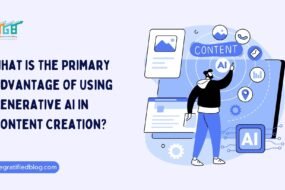
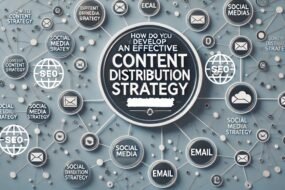

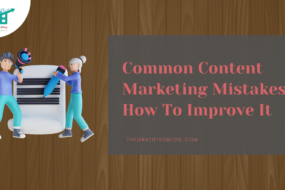
No Comments